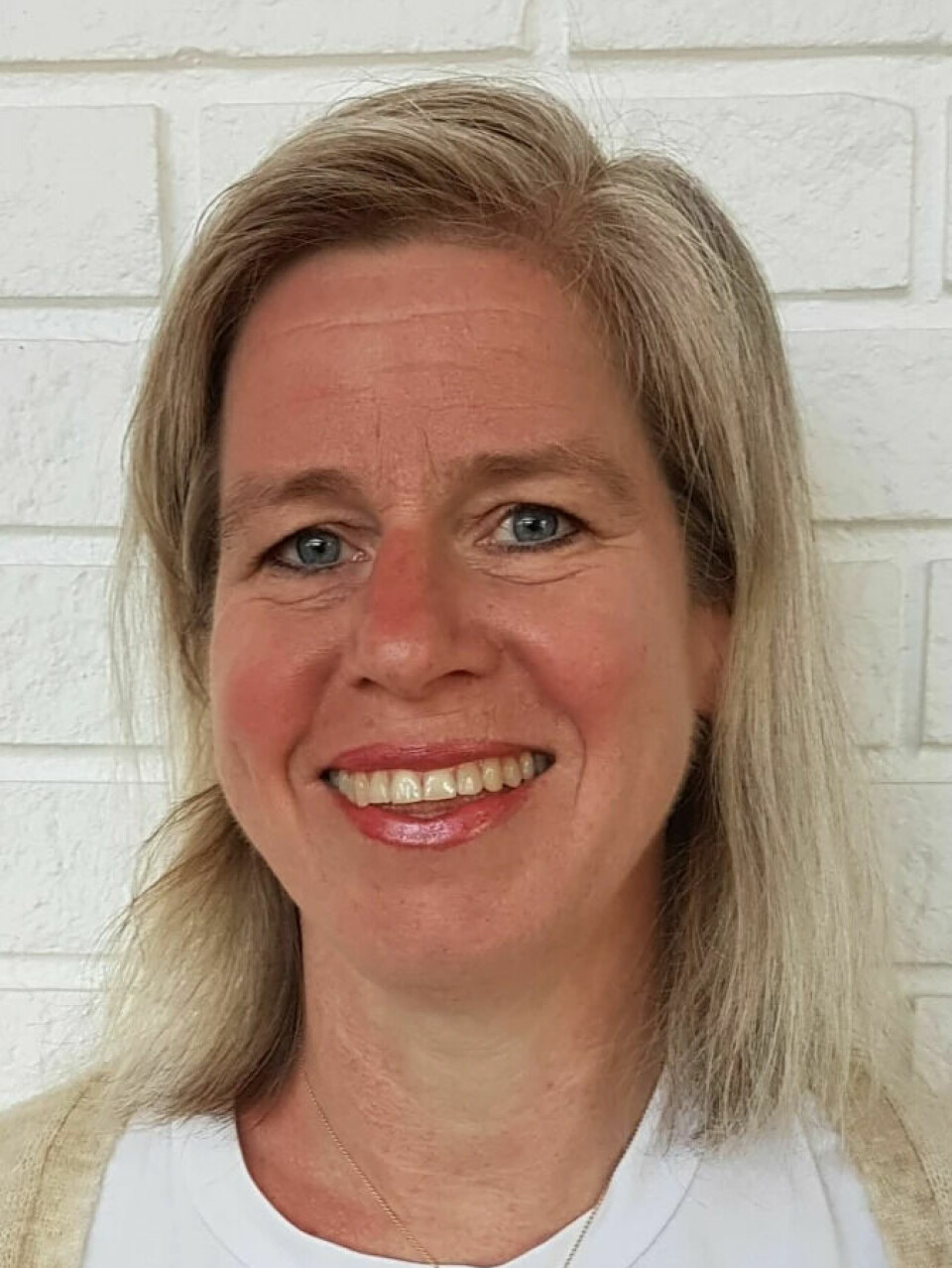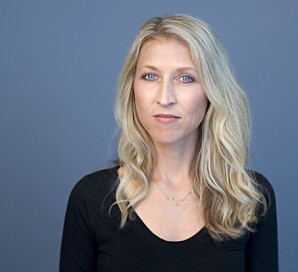
A saliva test can reveal your risk of breast cancer
For the first time, a new genetic test is being tested on Norwegian women. The researchers analyse who has an increased risk of getting breast cancer. “Those with an increased risk can then receive closer follow-up,” Tone Hovda says.
It is already well known that two specific gene variants give a much higher risk of developing breast cancer.
A new genetic test will now be trialed, where other gene variants in women will be analysed.
Recently, the new Norwegian pilot study started with women from Vestre Viken Hospital Trust.
Using saliva samples, researchers will analyse various gene variations in these women.
One in five will develop breast cancer before the age of 50
Currently, only women over 50 are offered mammography screening in Norway.
But 20 per cent of all those who get breast cancer are diagnosed before they reach the age of 50.
The aim of the pilot study is to see if screening can be made more targeted towards each individual woman's risk.
MedWatch reported on this first (link in Norwegian). Oslo Cancer Cluster have also presented the study in a press release.
Recruiting participants
The researchers are now recruiting women from the Vestre Viken Hospital Trust to participate in the study.
“In total, we will have 80 women between 40 and 50 years old,” Tone Hovda tells sciencenorway.no.
She is an attending physician at the Breast Diagnostic Centre of Vestre Viken Hospital Trust.
The test is simple and is taken from the inside of the oral cavity. The women’s saliva samples are then sent to Estonia for analysis.
The answer will show whether the participants have an increased risk or not.
If the test shows an increased risk, the participant will be recommended a separate plan for follow-up and controls.
Not one specific gene
It has long been known that women with mutations in, amongst other things, the BRCA1 and BRCA2 genes have a very high risk of developing breast cancer (link in Norwegian).
“But there are quite a few families where there are many cases of breast cancer without finding a particular gene that increases the risk,” Hovda says.
The project aims to find all the women who are at increased risk.
They are not looking for variants in single genes.

Calculates the risk score for each individual
“There are many small changes in several genes that together can increase the risk of breast cancer,” Hovda explains to sciencenorway.no.
The changes in a gene do not increase the risk individually but can increase the risk if they occur together.
Based on this, the researchers can calculate a risk score for each individual participant.
“We call it a polygenetic risk score,” Hovda says.
Some women may have an increased risk, while others may have a lower than average risk of breast cancer.
Can receive closer follow-up
If the pilot is successful, the test can be implemented on a large scale sometime in the future.
“This will be a part of more personalised breast cancer screening,” Hovda says.
The aim is that women at increased risk can receive closer follow-up. In this way, cancer can be detected earlier than now.
“They can, for example, be offered to start mammography screening earlier,” she says.
Or be examined more frequently than every two years.
It is also conceivable that women with a lower risk than usual do not need a mammogram as often as every two years.
Currently, women between the ages of 50 and 69 are offered mammography every other year in the Norwegian Mammography programme.
Also looks at dense breast tissue
Part of the pilot study will also investigate density in the breast tissue more.
It is known that those who have dense breast tissue have a slightly higher risk of getting breast cancer than those who do not have dense breast tissue.
It can also be more difficult to detect tumors in these breasts using mammography, because the tumors can be hidden in the breast tissue.
The research project is a collaboration between the Oslo Cancer Cluster and an Estonian biotechnology company. Genetics researchers at Oslo University Hospital and the University of Oslo have contributed to analysing data from Norwegian biobanks.
———
Translated by Alette Bjordal Gjellesvik.
Read the Norwegian version of this article on forskning.no





































